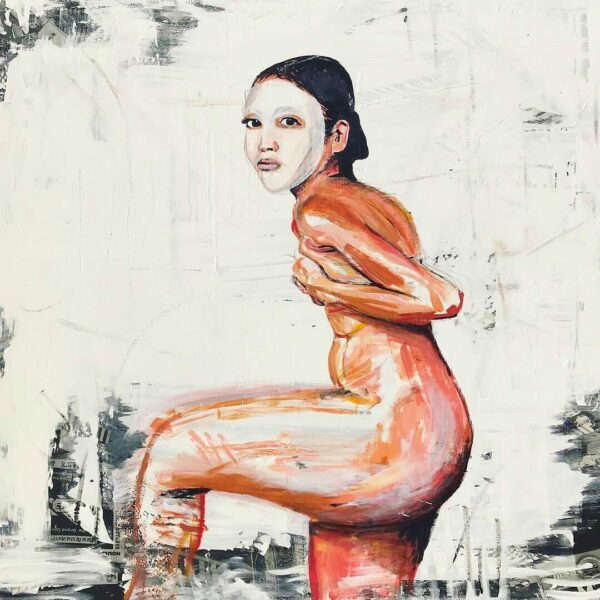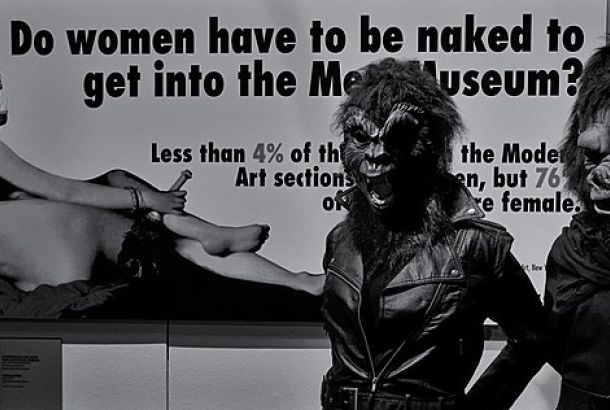Art in Mancunia: Matthew Johnston

We are thrilled to introduce Matthew Johnston to our readers, a film-making student from Manchester Metropolitan University who is one of Art in Mancunia’s first painters.
Johnston has chosen to exhibit four of his pieces, all of which take on very different characters. His paintings range from expressing dissatisfaction with aspects of society, to inspiration from significant and personal experiences.
‘Homogeny’, a 24 x 24 inch acrylic painting on wood, is a canvas that represents the class divide which can be seen in individual quality of life. This painting is particularly poignant; especially placed within a Manchester setting, as it can certainly speak to the social disparity that prevails on our streets, and even speaks to the financial inequality at university.

Johnston argues that an aspect of human behaviour is to look aside from stark poverty and injustice. Maybe society turns a blind eye as a tool of coping with the harsh lived reality that many individuals face on a daily basis. ‘Homogeny’ however, is a colourful reminder of blind ignorance toward class division, and through an artistic medium Johnston enables the viewer to reflect on one’s purposeful obliviousness to important social matters.
The second 24 x 24 inch painting on wood was created after an inspirational trip to the Manchester Art Gallery in the centre of town. I easily identified the majestic Egyptian scene on the 1st floor of the main gallery with Johnston’s piece after a recent visit. ‘The Water of the Nile’ by Frederick Goodall is recreated by Johnston using bold facial expressions, colour and shapes, to communicate the velocity of the Egyptian pyramids against local Egyptian people strolling across the desert.

The 24×24 inch painting inspired during a trip to the Manchester Art Gallery, alongside, Johnston’s other paintings on wood, are part of Johnston’s collections named “the room” paintings. Within this collection some of his works are unnamed.
A sense of ineffability is a theme that I certainly take from Johnston’s work. Indeed, the painting ‘Window’ is also another example of Johnston’s art which has left him ineffable, as he described a sense of ambiguity when finishing ‘Window’.

This made me reflect on how much discussion in art seeks to unpack a deeper meaning and ultimately an answer beneath and around art works. On the other hand, why does everything have to have an explanation? Things can merely just be.
I find it refreshing that Johnston appears to be in an awe of his own works, to a point where he can no longer even explain what the paint brush has written. Johnston’s work certainly highlights the limitations of language, and juxtaposes this through his expressive and intricate paintings.








